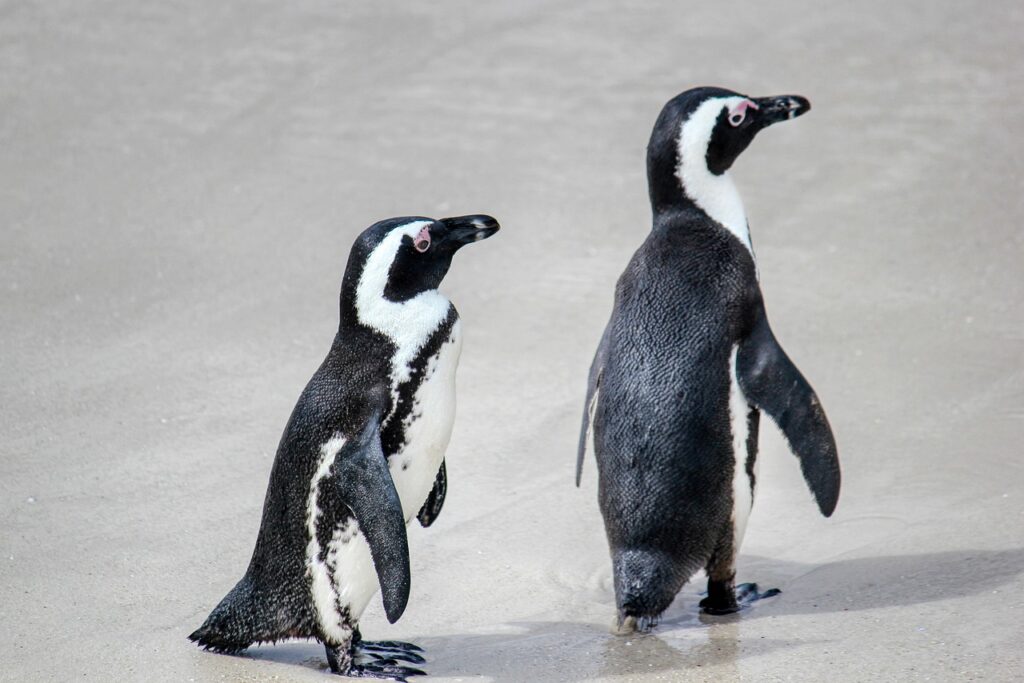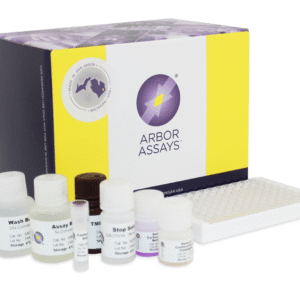Scientists get the scoop on poop as noninvasive stress indicator of endangered African penguins.
Environmental change and human activity may be leading to the population loss of the endangered African penguin (Spheniscus demersus). With only an estimated 70,000 mature adults left in the wild, scientists from the University of Connecticut and the Sea Research Foundation at the Mystic Aquarium are looking to poop as a reliable and noninvasive way to assess stress levels in the population.
Led by Dr. Maureen Driscoll, the team published a new study in the journal General and Comparative Endocrinology detailing the fluctuations in fecal glucocorticoid metabolite (FGM) levels of African penguins (n=12) across their lifecycle. They focused on corticosterone as a hormonal indicator of stress for various cyclical events, including breeding, molting, and biannual veterinarian examinations compared to baseline. The group validated and used the commercially available DetectX® Corticosterone enzyme immunoassay kit (Arbor Assays, K014-H) for the first time in African penguin feces rather than developing an in-house immunoassay. This key feature of the study enables a time-saving and standardized process for future studies of penguins under both human care and those found in the wild.
Results from the study showed that FGM levels were reliably higher during the breeding season compared to baseline (p = < 0.0001) and that the females’ samples contained significantly higher levels than the males’ samples across both baseline and breeding periods (p = 0.0175). Average FGM levels decreased as their three-week molting period progressed. They also found a seasonal difference as higher FGM levels were measured in the fall compared to the summer.
Less than 10% of the original African penguin population from the early 20th century remains in the wild. To be successful, conservation efforts will need to rely on readily available and noninvasive quantitative methods to understand stress in these animals. The scientists hope future FGM studies will pinpoint environmental and human causes of population decline in the wild. In addition, this study lays the groundwork for similar noninvasive tests to serve as an early indicator of when conservation methods are having a positive effect without having to wait years for changes in population numbers.
Featured Products
-
In Stock
Corticosterone Multi-Format ELISA Kit
$366.00 – $1,462.00The DetectX® Corticosterone Multi-Format ELISA Kits quantitatively measures corticosterone present in a variety of samples.




